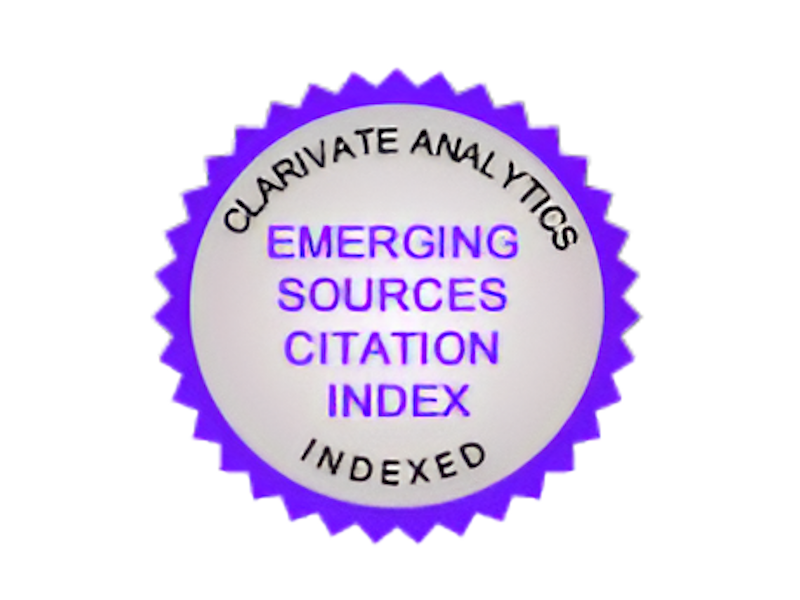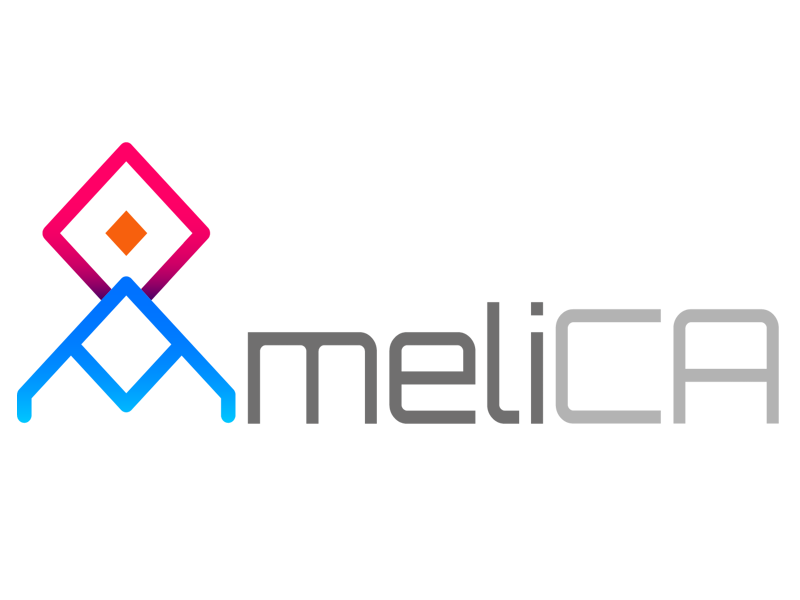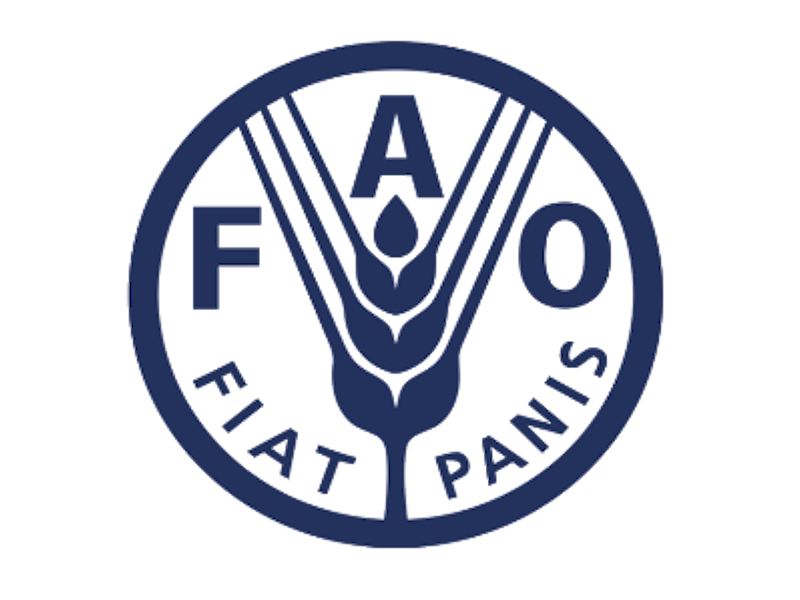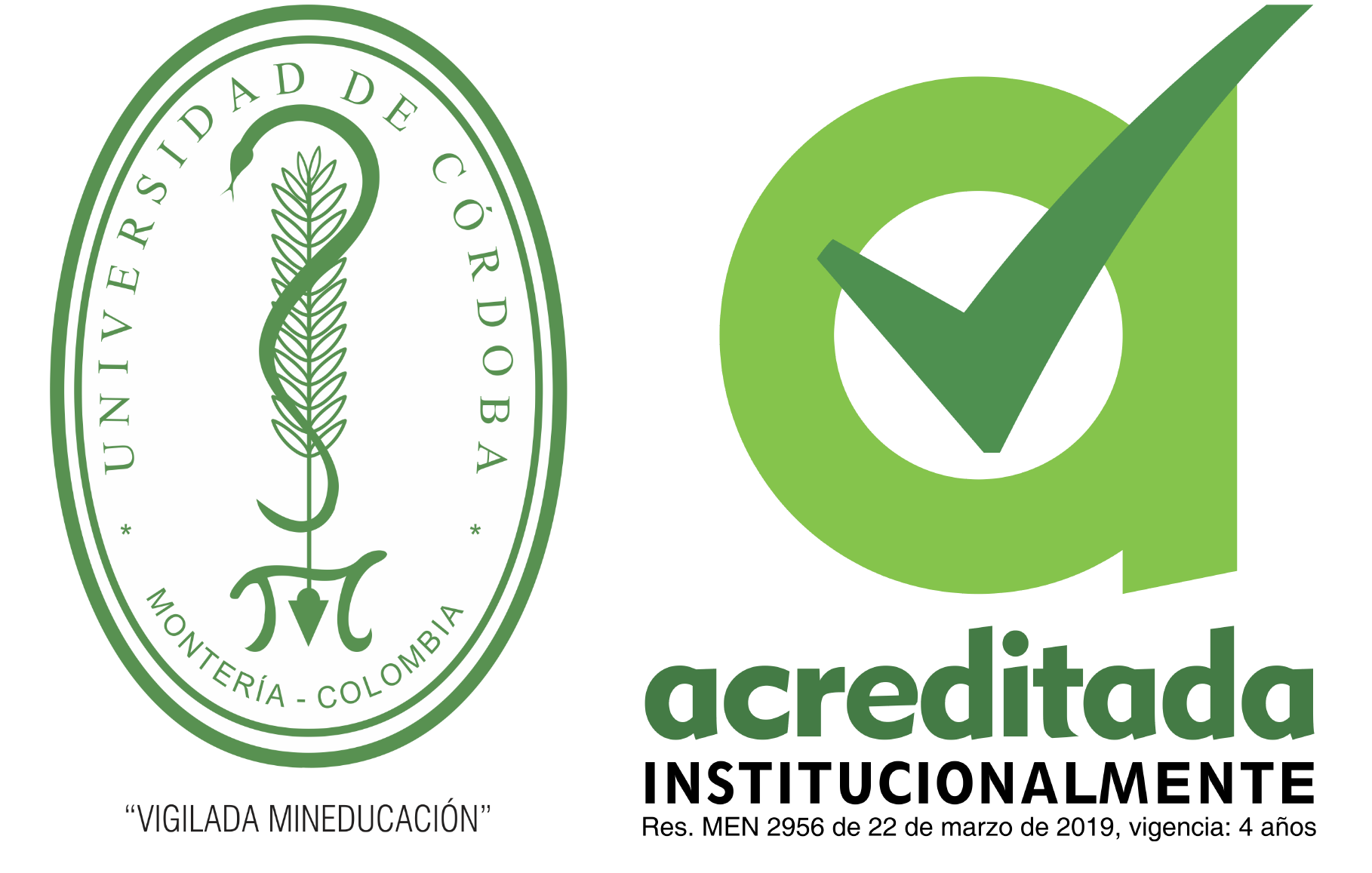Sistema de medición del color como parámetro de calidad en la industria de alimentos
Color: measurement systems and their importance in the food industry
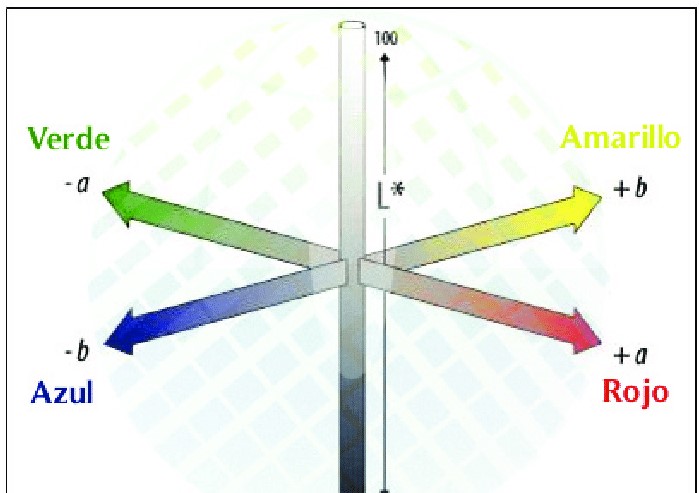

Esta obra está bajo una licencia internacional Creative Commons Atribución-NoComercial 4.0.
Mostrar biografía de los autores
El color en los alimentos es una de las principales características que permite establecer la calidad de los mismos. Técnicamente se define como respuesta mental al estímulo que una radiación visible produce en la retina que se transmite al cerebro por el nervio óptico, por lo cual está relacionado estrechamente con el sistema nervioso y de esta manera, dicho atributo en los alimentos marca la preferencia de un individuo por los mismos. Dada su importancia, se han desarrollado diferentes sistemas que permitan medir de manera objetiva el color en los alimentos, evaluando los cambios obtenidos en un producto a causa del procesamiento y durante su almacenamiento, logrando determinar entre otros, su vida útil. Considerando lo anterior, esta revisión se presenta con el objetivo de reconocer los principales métodos de determinación del color de los alimentos, y las aplicaciones del concepto en la Industria de Alimentos.
Visitas del artículo 770 | Visitas PDF
Descargas
- Aberoumand, A. 2011. A review article on edible pigments properties and sources as natural biocolorants in foodstuff and food industry. World J Dairy Food Sci. 6(1):71– 8.
- Albertazzi, L. y Poli, R. 2014. Multi-leveled objects: color as a case study, Front. Psychol. 5:592. https://doi.org/10.3389/fpsyg.2014.00592
- Caivano, J. L. 2021. Black, white, and grays: Are they colors, absence of color or the sum of all colors?. Color Res Appl. 47( 2):252-270. https://doi.org/10.1002/col.22727
- Cheng, N., Barbano, D.M. y Drake,M. A. 2018. Hunter versus CIE color measurement systems for analysis of milk-based beverages. Journal of Dairy Science, 101, (6):4891-4905, ISSN 0022-0302. https://doi.org/10.3168/jds.2017-14197
- Choudhury, A. K. R. 2014. Colour measurement instruments. In Principles of Colour and Appearance Measurement. Pp. 221-269. https://doi.rg/10.1533/9780857099242.221
- Cochrane, S. 2014. The Munsell Color System: A scientific compromise from the world of art. Studies in History and Philosophy of Science Part A. 47:26–41. https://doi.org/10.1016/j.shsa.2014.03.004
- Corradini, M.G. 2019. Synthetic Food Colors, Editor(s): Laurence Melton, Ferei- doon Shahidi, Peter Varelis. Encyclopedia of Food Chemistry, P. 291-296,. ISBN 9780128140451. https://doi.org/10.1016/B978-0-08-100596-5.21606-5
- Davidovits, P. 2019. Physics in Biology and Medicine. ISBN 978-0-12-813716-1. https://doi.org/10.1016/C2016-0-03726-9
- Delmoro, J., Muñoz, D., Nadal, V., Clementz, A. y Pranzetti, V. 2010. El color de los alimentos: determinación de color en mieles. Invenio, 13(25):145-152. 2010.
- Dharaiya, C., Jana, A. y Rani, R. 2018. Modern Techniques to Evaluate the Quality of Food Products, International Conference on Emerging Issues in Agricultural. Environmental and Applied Sciences for Sustainable Development, pp. 62–75. ISBN: 978-93-88237-24-6
- Duncan, S.E. y Chang, H.H. 2012. Implications of light energy on food quality and packaging selection. Advances in food and nutrition research. 67:25-73. https://doi.org/10.1016/B978-0-12-3945983.00002-2
- Garzón-García, A. M., Dussán-Sarria S. y Melo-Sevilla, R. E. 2018. Estudio de la Variación de Parámetros de Color del Yacón utilizando un Prototipo de Medición de Color y Temperatura. Información tecnológica. 29(6):75-82. https://dx.doi. org/10.4067/S0718-07642018000600075
- He, X. y Hwang, H.M. 2016. Nanotechnology in food science: Functionality, applicability, and safety assessment. Journal of Food and Drug Analysis, 24(4):671-681. ISSN 1021-9498. https://doi.org/10.1016/j.jfda.2016.06.001
- Jain, A., Pradhan, B. K., Mahapatra, P., Ray, S. S., Chakravarty, S. y Pal, K. 2020. Development of a low-cost food color monitoring system. Color Research and Application, 46(2): 430–445. https://doi.org/10.1002/col.22577
- Kraser, R. B. y Hernández S. A. 2020. Colorantes alimentarios y su relación con la salud:¿cómo abordar esta problemáti- ca desde el estudio de las disoluciones?. Revista Eureka sobre Enseñanza y Divulgación de las Ciencias. 17(1):1202. 10.25267/Rev_Eureka_ensen_divulg_ cienc.2020.v17.i1.1202
- Laurent D. 2018. Chapter 4 - Microbial Pigments From Bacteria, Yeasts, Fungi, and Microalgae for the Food and Feed Industries, Editor(s): Alexandru Mihai Grumezescu, Alina Maria Holban, In Handbook of Food Bioengineering. Natural and Artificial Flavoring Agents and Food Dyes. pp. 113-132. ISBN 9780128115183, https://doi.org/10.1016/B978-0-12-811518-3.00004-1
- Lawrence, L., Garber, J.R., Hyatt, E.M. y Nafees, L. 2016. The Effects of Food Color on Perceived Flavor: A Factorial Investigation in India. Journal of Food Products Marketing. 22(8):930-948. https:// doi.org/10.1080/10454446.2014.885864
- Lazaro, A., Boada, M., Villarino, R. y Girbau, D. 2019. Color measurement and analysis of fruit with a battery-less NFC sensor, Sensors (Switzerland), 19(7):1741. https://doi.org/10.3390/s19071741
- León-Roque, N., Abderrahim, M., Nuñez-Alejos, L., Arribas, S. M. y Condezo-Hoyos, L. 2016. Prediction of fermentation index of cocoa beans (Theobroma cacao L.) based on color measurement and artificial neural networks”. Talanta. 161: 31–39. https://doi.org/10.1016/j.talanta.2016.08.022
- Liao, C., Sawayama, M. y Xiao, B. 2021. Crystal or Jelly? Effect of Color on the Perception of Translucent Materials with Photographs of Real-world Objects. BioRxiv 22(2):6. https://doi.org/10.1101/2021.10.18.464695
- Liu, D., Zhang, C., Pu, Y., Chen, S., Liu, L., Cui, Z. y Zhong, Y. 2022. Recent Advances in pH-Responsive Freshness Indicators Using Natural Food Colorants to Monitor Food Freshness. Foods. 11(13):1884. https://doi.org/10.3390/ foods11131884
- Mahesha, M. P., Marianne, N. L. y Francisco, J. B. 2020. Pulsed electric field (PEF) as an efficient technology for food additives and nutraceuticals development, Editor(s): Francisco J. Barba, Oleksii Parniakov, Artur Wiktor, Pulsed Electric Fields to Obtain Healthier and Sustainable Food for Tomorrow, pp. 65-99. ISBN 9780128164020. https://doi.org/10.1016/B978-0-12-816402-0.00004-5
- Mapelli-Brahm, P., Rodríguez-Pulido, F. J., Stinco, C. M., Heredia, F. J. y Meléndez-Martínez, A. J. 2020. Applications of visible spectroscopy and color measurements in the Assess- ments of carotenoid levels in foods, In M. Rodríguez-Concepción & R. Welsch (Eds.), Plant and Food Carotenoids. 2083, pp. 375–386. https://doi.org/10.1007/978-1-4939-9952-1_8
- Mc Laurence, W. 2016. Fluorinated Coatings and Finishes Handbook: The Definitive User's Guide, Second Edition. P. 630. ISBN 978-0-323-37126-1. https://doi.org/10.1016/C2014-0-01971-5
- Nabais, P., Oliveira, J., Pina, F., Teixeira, N., De Freitas, V., Brásil., N.F., Clemente, A., Rangel, M., Silva, A.M.S. y Melo, M.J. 2020. A 1000-year-old mystery solved: Unlocking the molecular structure for the medieval blue from Chrozophora tinctoria, also known as folium. Sci. Adv. 6(16):eaaz7772. https://doi.org/10.1126/ sciadv.aaz7772
- Padrón, P.C.A., Padrón, L.G.M., Montes, H.A.I. y Oropeza, G.R.A. 2016. Procesamiento Digital de Imágenes: Determinación del color en muestras de alimentos y durante la maduración Delaware frutos. P. 03. ISBN: 5800119845746-ASIN: B01MU1KOOF.
- Panesar, R. Kaur, S. y Panesar, P.S. 2015. Producción de pigmentos microbianos utilizando residuos agroindustriales: una revisión. Curr Opin Food Sci. 1:70–6. https://doi.org/10.1016/ j.cofs.2014.12.002
- Pathare, P. B., Opara, U. L. y Al-Said, F.A.J. 2013. Colour measurement and analysis in fresh and processed foods: a review. Food Bioprocess Tech.6(1):36-60. https://doi.org/10.1007/s11947-012-0867-9
- Pérez-Rodríguez, L. 2013. La medición del color: técnicas y fundamentos para el estudio de la ecología de las aves. Revista de anillamiento SEO/Birdlife. 31-32: 4- 20.
- Ratprakhon, K., Neubauer, W., Riehn, K., Fritsche, J. y Rohn, S. 2020. Developing an Automatic Color Determination Procedure for the Quality Assessment of Mangos (Mangifera indica) Using a CCD Camera and Color Standards Foods. 9(11):1709. https://doi.org/10.3390/foods9111709
- Raynal-Villaseñor, J.A. 2011. Cambio climático global: una realidad inequívoca. Ingeniería, investigación y tecnología. 12(4):421-427.
- Rettig, M. y Hen, A. 2014. El color en los alimentos un criterio de calidad medible. Agro Sur. 42(2):57-66. https://doi.org/10.4206/agrosur.2014.v42n2-07
- Rios-Aguirre, S. y Gil-Garzón, M.A. 2021. Microencapsulación por secado por aspersión de compuestos bioactivos en diversas matrices: una revisión. TecnoLógicas, 24(51):e1836. https://doi.org/10.22430/22565337.1836
- Ruck, L. y Clifford, T.B. 2015. Quantitative analysis of Munsell color data from archeological ceramics. Journal of Archaeological Science: Reports. 3:549-55. ISSN 2352-409X. https://doi.org/10.1016/j.jasep.2015.08.014
- Rymbai, H., Sharma, R.R. y Srivastav, M. 2011. Biocolorants and Its Implications in Health and Food Industry—A Review. J. of Pharm Tech Research. 3(4):2228–2244.
- Sampedro, F., Fan, X. y Rodrigo, D. 2010. 3 - High hydrostatic pressure processing of fruit juices and smoothies: research and commercial application, In Woodhead Publishing Series in Food Science, Technology and Nutrition. Case Studies in Novel Food Processing Technologies. pp 34-72. ISBN 9781845695514. https://doi.org/10.1533/9780857090713.1.34
- Sánchez, J. R. 2013. La química del color en los alimentos. Química Viva. 12(3):234-246. https://www.redalyc.org/ pdf/863/86329278005.pdf
- Segura, L.I., Salvadori, V.O. y Goñi, S.M. 2017. Characterization of liquid food colors from digital images. International Journal of Food Properties. 20: sup1, S467-S477. https://doi.org/10.1080/10942912.2017.1299758
- Sen, T., Barrow, C.J. y Deshmukh, S.K. 2019. Microbial Pigments in the Food Industry—Challenges and the Way Forward. Front. Nutr. 6(7). https://doi.org/10.3389/fnut.2019.00007
- Setchell, J.S. 2012. 4-Colour description and communication, Editor(s): Janet Best, In Woodhead Publishing Series in Textiles. Colour Design (Second Edition). Wood- head Publishing. 99-129. ISBN 9780081012703. https://doi.org/10.1016/ B978-0-08-101270-3.00004-7
- Sliney, D. 2016. What is light? The visible spectrum and beyond. Eye. 30:222–229. https://doi.org/10.1038/eye.2015.252)
- Spence, C. 2015. On the psychological impact of food colour. Flavour. 4(21). https://doi.org/10.1186/s13411-015-0031-3
- Spence, C., Smith, B. y Auvray, M. 2014. Confusing tastes and flavours, In: Stokes D, Matthen M, Biggs S, editors. Perception and its modalities. Oxford: Oxford University Press. 247–274. http://dx.doi.org/10.1093/acprof:oso/9780199832798.003.0011
- Twomey, C.R., Roberts, G., Brainard, D.H. y Plotkin, J.B. 2021. What we talk about when we talk about colors. 118(39):e2109237118. https://doi.org/10.1073/pnas.2109237118
- Virtanen, O., Constantinidou, E. y Tyystjärvi, E. 2020. Chlorophyll does not reflect green light – how to correct a misconception. Journal of Biological Education. 56(5)552-559. https://doi.org/10.1080/00219266.2020.1858930
- Von, M. y Howard, L. 2004. 15 - Color, Dyes, Dyeing, and Printing, Editor(s): Von Moody, Howard L. Needles. In Plastics Design Library, Tufted Carpet, William Andrew Publishing. pp. 155-175. ISBN 9781884207990. https://doi.org/10.1016/B978-188420799-0.50016-6
- Wrolstad, R.E. y Smith, D.E. 2017. Color Analysis. In: Nielsen, S.S. (eds) Food Analysis. Food Science Text Series. Springer, Cham. pp. 545–555.
- Wu, D. y Sun, D. W. 2013. Colour measurements by computer vision for food quality control - A review. Trends in Food Science and Technology. 29(1):5–20. https://doi.org/10.1016/j.tifs.2012.08.004
- Delwiche, J.F. 2012. You eat with your eyes first. Physiol Behav. 107(4):502–504. https://doi.org/10.1016/j.physbeh.2012.07.007
- Denish, P., Fenger, J.A., Powers, R., Sigurdson, G., Grisanti, L., Guggenheim, K., Laporte, S. J., Li, J., Kondo, T., Magistrato, A., Moloney, M., Riley, M., Rusishvili, M., Ahmadiani, N., Baroni, S., Dangles, O., Giusti, M., Collins, T., Didzbalis, J. y Robbins, R. 2021. Discovery of a natural cyan blue: A unique food-sourced anthocyanin could replace synthetic brilliant blue. Science Advances. 7(15):eabe7871. https://doi.org/10.1126/sciadv.abe7871
